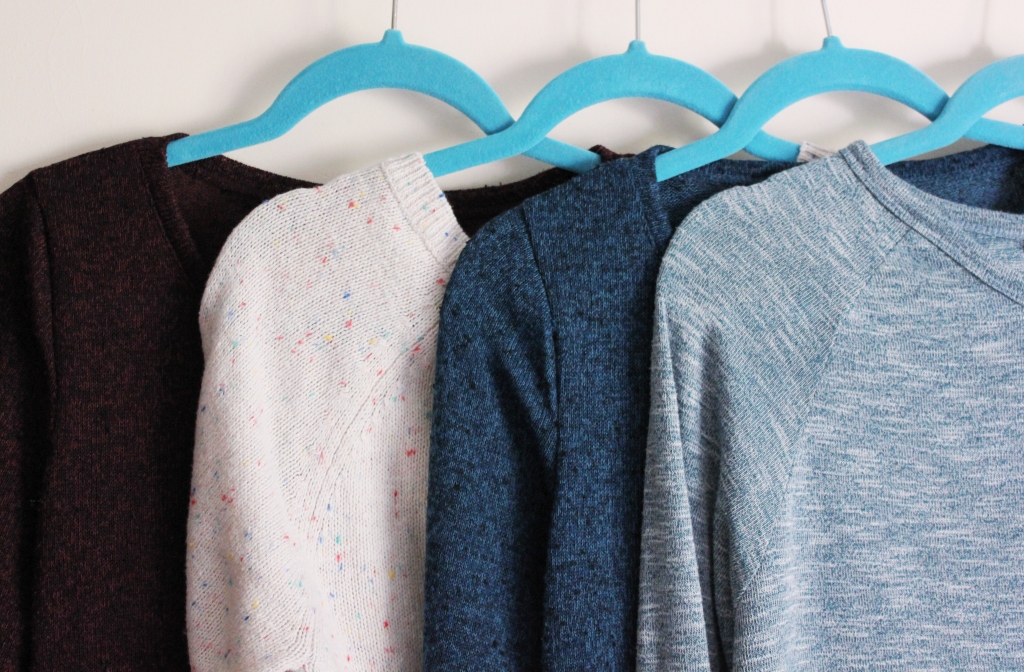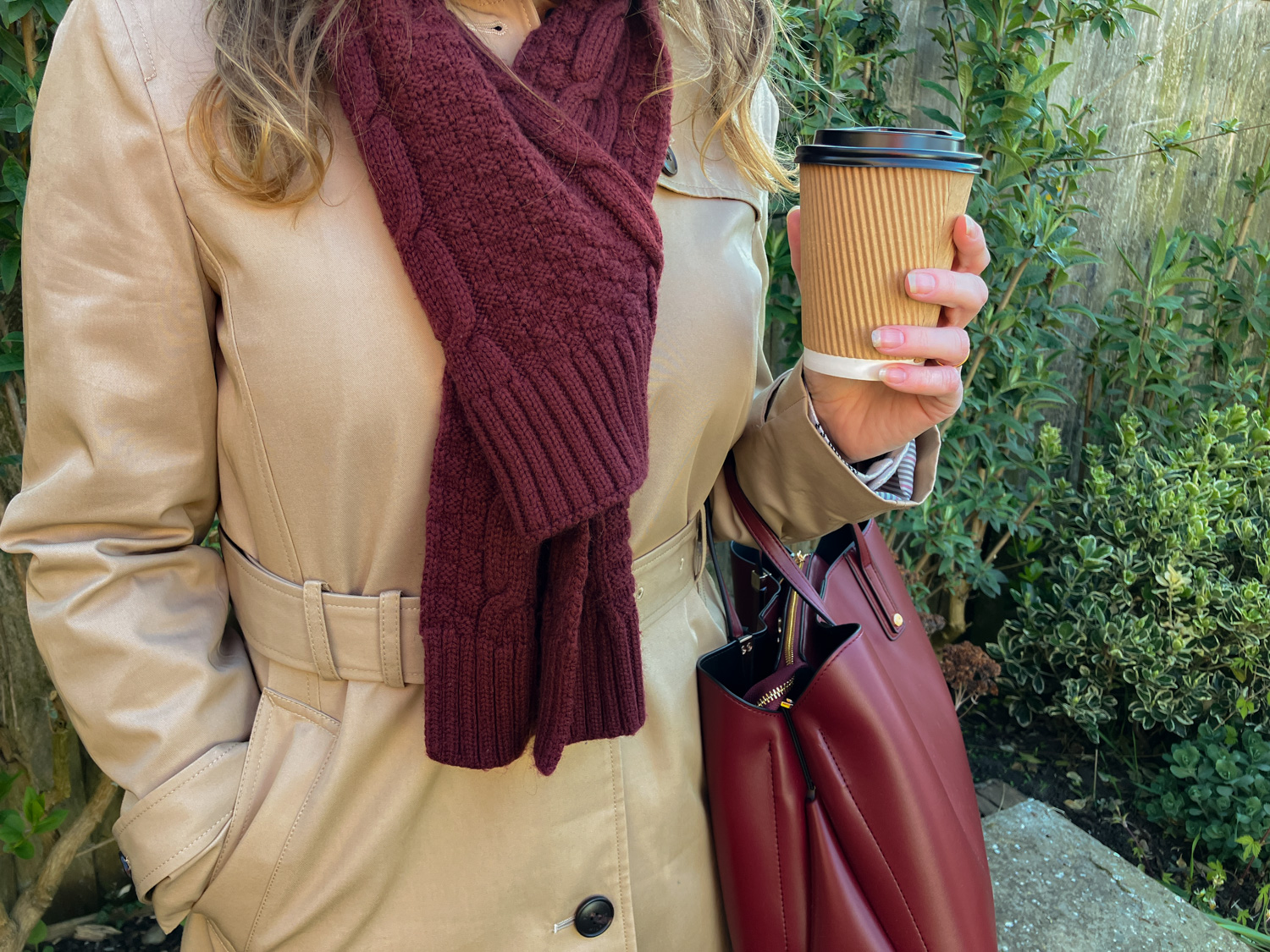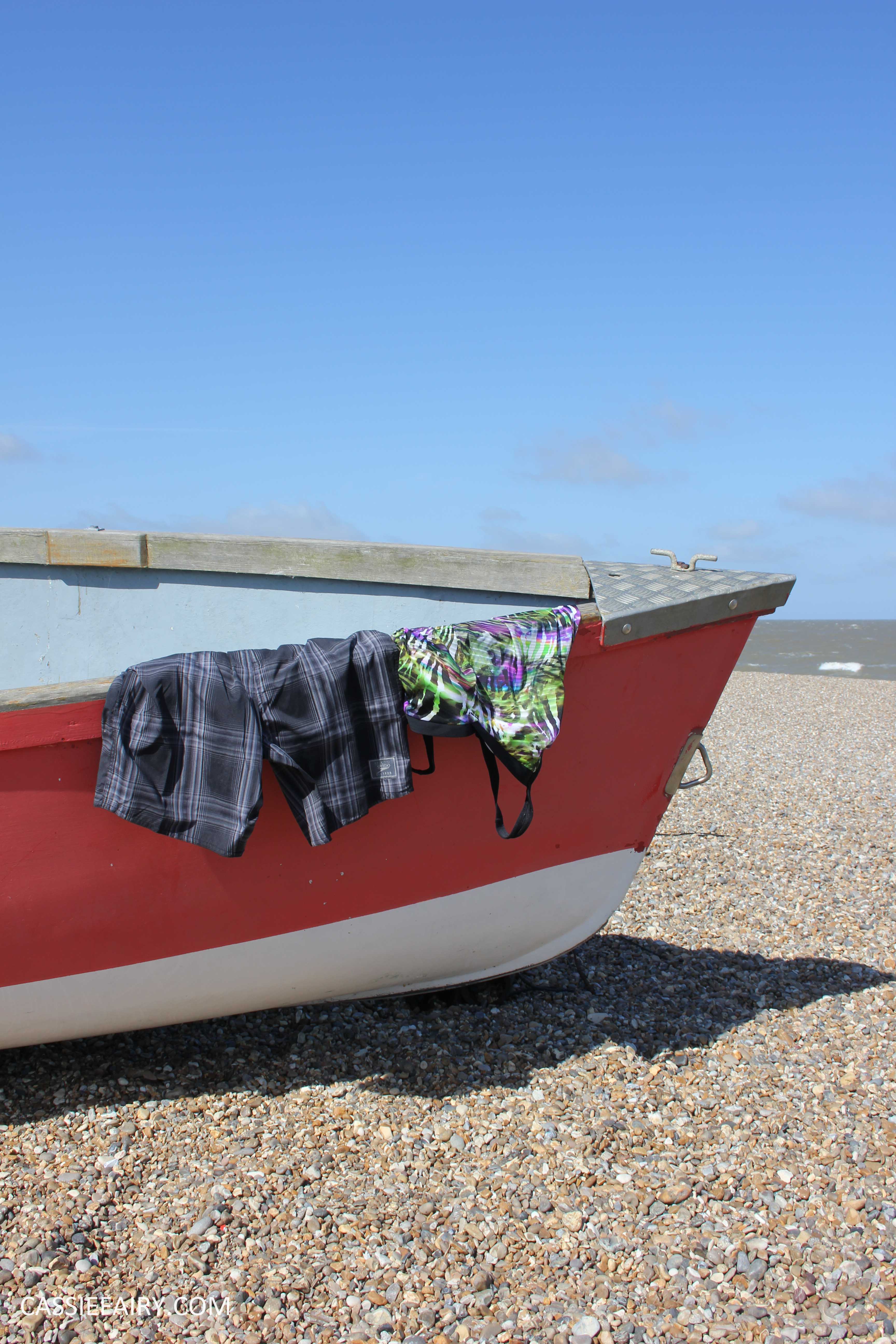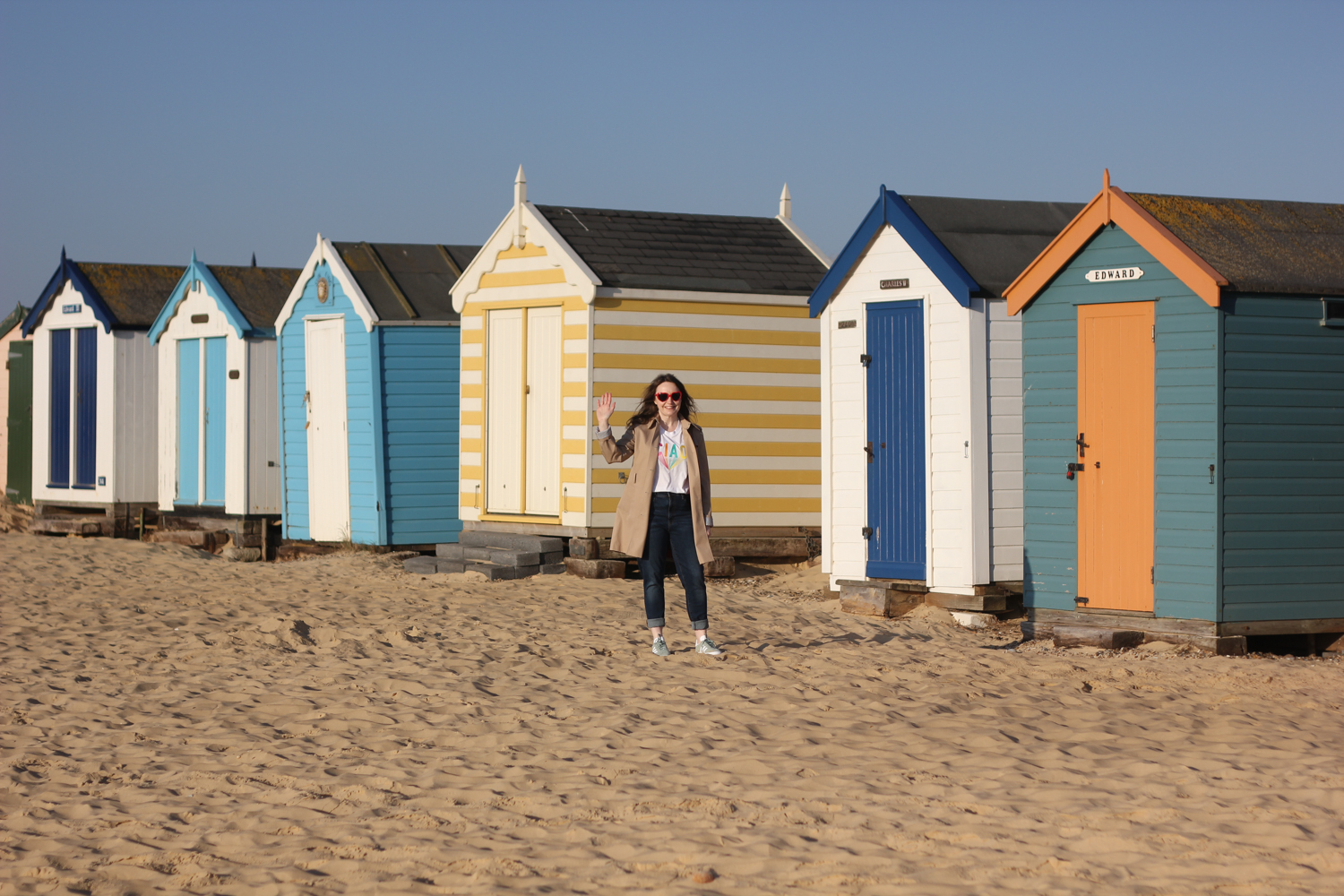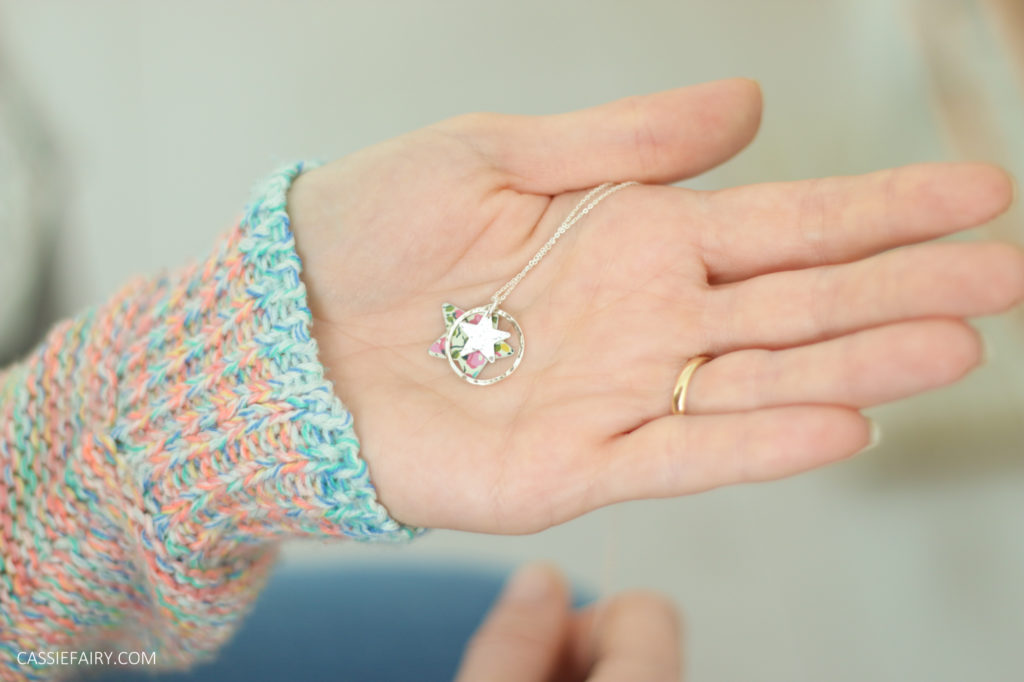
Just because you’re on a budget doesn’t mean you can’t be fashionable. Millennials are already showing a preference for hand-me-down clothes (that are still good to wear) over buying new clothes in fast fashion shops. With customers recycling just a few pieces of second-hand clothing each, it’s actually creating such a big bump in the market that brands are losing billions in profit as more people see the need to go frugal. But what about other forms of fashion?
Shoes must always be good quality, right? Your makeup should be cruelty-free (and chemical-free) perhaps? But that still doesn’t mean you need to splash the cash to achieve the look. But what about silver jewellery? Some people may argue that jewellery isn’t necessary as it’s only used for aesthetics, but I argue that a good piece of jewellery can tie a whole outfit together and make it look better quality overall. And wearing the right accessories can make all the difference in helping you look good and feel confident.
Accessories like earrings, bracelets, and even nose rings can complete a look, but for those with sensitive skin, it’s important to choose options that won’t cause irritation. A hypoallergenic nose ring, for example, lets you experiment with fashion-forward jewellery styles safely, keeping both comfort and style in mind.
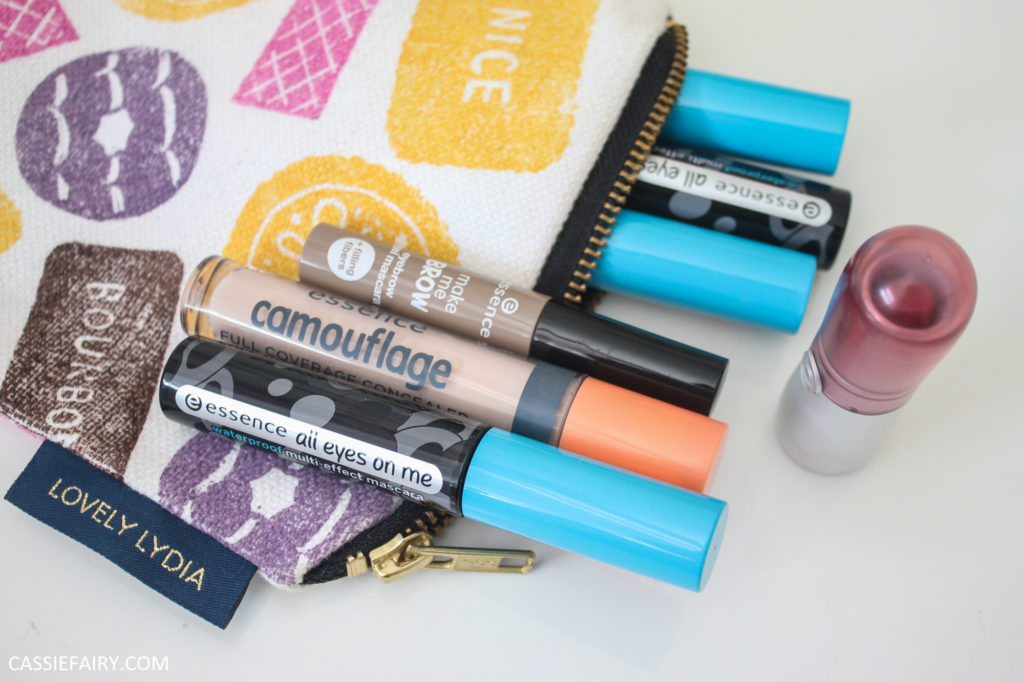
Fine jewellery made with silver or gold is costly, so a low-cost, thrifty option is costume jewellery made with silver- or gold-plated metals and fake stones. Naturally, the cost of both is proportionate to their quality: fine jewellery can be passed down generations if maintained properly, but it can cost hundreds (up to thousands – gulp!) of pounds. And while you can find costume jewellery priced cheaply in high street shops, you can expect to see the colour tarnishing pretty quickly.
I’ve always believed that there’s a difference in being cheap and being frugal. So, when it comes to jewellery, is it better to buy cheap jewellery that costs less to replace or should you invest in high-quality jewellery?
WHAT IS COSTUME JEWELLERY
Costume jewellery (also known as fashion jewellery) is the low-end counterpart to real or fine jewellery. Unlike costume jewellery, fine jewellery are considered investments and keepsakes, items that can be passed down or sold for a significant amount because it is made from luxury metals and real gemstones. Costume jewellery, on the other hand, is manufactured with rhinestones (plastic- or glass-based crystals meant to resemble diamonds and other gemstones) and metals made to look like luxury metals.
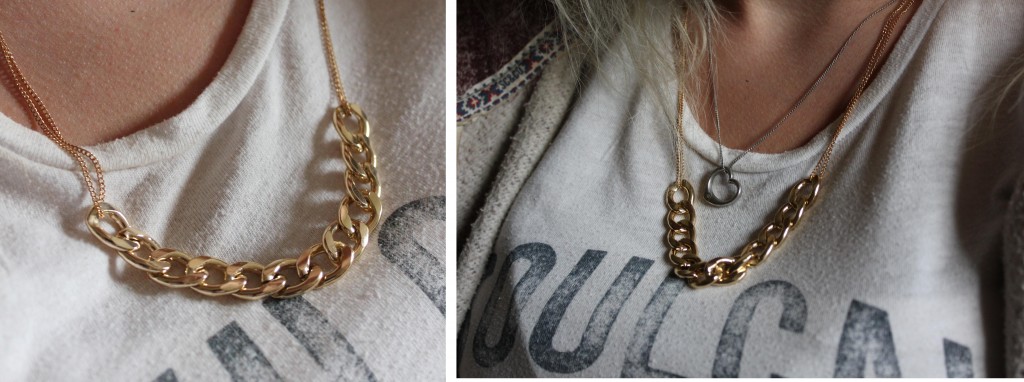
If you try to sell costume jewellery, you’ll find that pawn shops offer very little for it – if anything at all. In most cases, costume jewellery that look like luxury metals are only gold or silver-plated. Underneath the silver coating are actually cheaper metals which can rust or degrade with time, causing the jewellery to discolour from the inside out.
If you’ve ever had costume jewellery before, you may notice a point when your gold or silver may start to look dull, brown, and rust-coloured rather than its original shine. If that’s the case, it means that the metal inside has oxidised. It can be cleaned, but there’s no guarantee that the shine will return to its original quality.
COSTUME SILVER JEWELLERY VS FINE STERLING SILVER JEWELLERY
If you always wear jewellery as part of your outfit, you’ll find that your costume jewellery discolours faster because it’s exposed to air and the acidity of your skin and sweat more, which speeds up the oxidation process of your jewellery. Fine sterling silver is made with 92.5 percent silver and 7.5 percent other metals that make it more durable and shiny (hence why you’ll see labels on genuine sterling silver like 925 Italy on the label to indicate it is genuine and its origin). Silver oxidises when exposed to air, but its properties make it withstand external elements when used as jewellery. But when other metals oxidise, it expands and chips off the silver plate, which is why costume jewellery doesn’t last as long as fine jewellery.
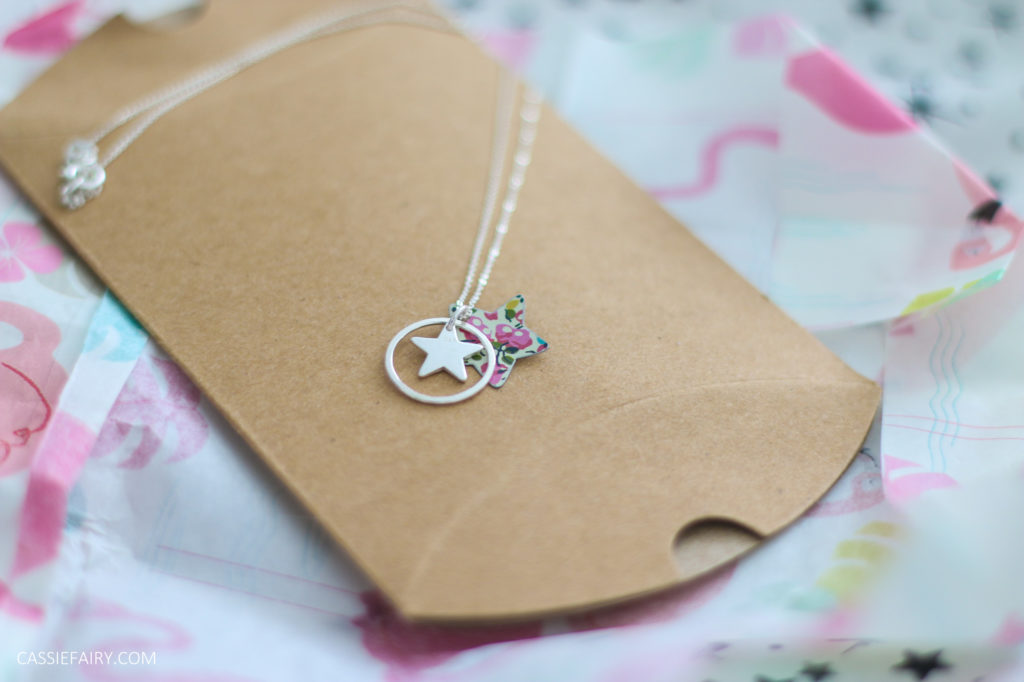
Read more about my specially commissioned necklace here.
AT WHAT COST?
As a frugal fashionista, your choice ultimately comes down to pricing. Costume jewellery can sell for £10 to £20 a piece, and even high-quality costume jewellery will cost less than a hundred pounds. The pricing depends on factors such as the brand, the type of jewellery, and the quality of the finished product. Fine jewellery, on the other hand, can cost hundreds up to thousands of pounds. The price of silver jewellery can be affected by the market price of silver, so the cost of your jewellery will fluctuate.
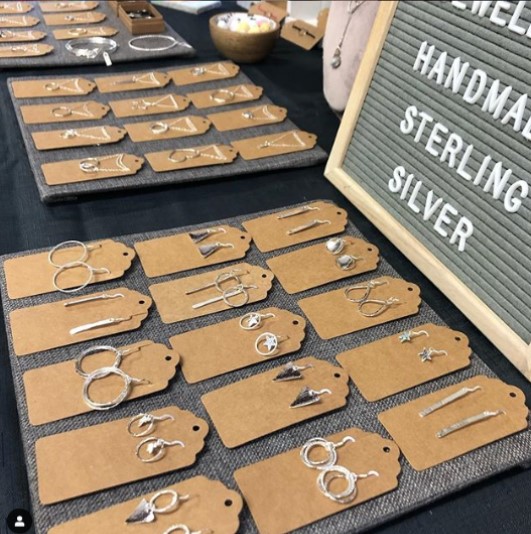
Image by Helen Louise Thrower Jewellery
Women can spend up to £1650 on everyday jewellery, though a fashion search platform found that 78 percent of it wasn’t on diamonds or authentic gemstones. If you feel like that’s the case for you and you tend to spend a lot on jewellery and similar accessories, would it be more of an investment if you spent on one piece of ‘real’ jewellery that cost roughly the same amount as your collection of fashion pieces?
In the end, your choice on whether to buy costume jewellery or fine jewellery depends on your budget, preference, and perspective on your savings. Buying sterling silver is definitely not cheap, but if you’re looking at the long-term cost-per-wear, it could be the only piece of jewellery you’ll ever need to buy and something you could pass on to your children too. On the other hand, while costume jewellery is cheap, you’ll always be spending and replacing these pieces once they’re no longer visually appealing and can no longer be cleaned.
Image by Helen Louise Thrower Jewellery
Personally, I’d rather buy fine jewellery and see it as something to protect, keep, and then pass down to my loved ones. But I know not everyone who is sticking to a budget can make the same choice, so it all comes down to what you think is important when buying jewellery. It’s better to wait and save rather than stretch yourself if you can’t afford to. Let me know what heirloom jewellery you have that you would never part with in the comments below 🙂
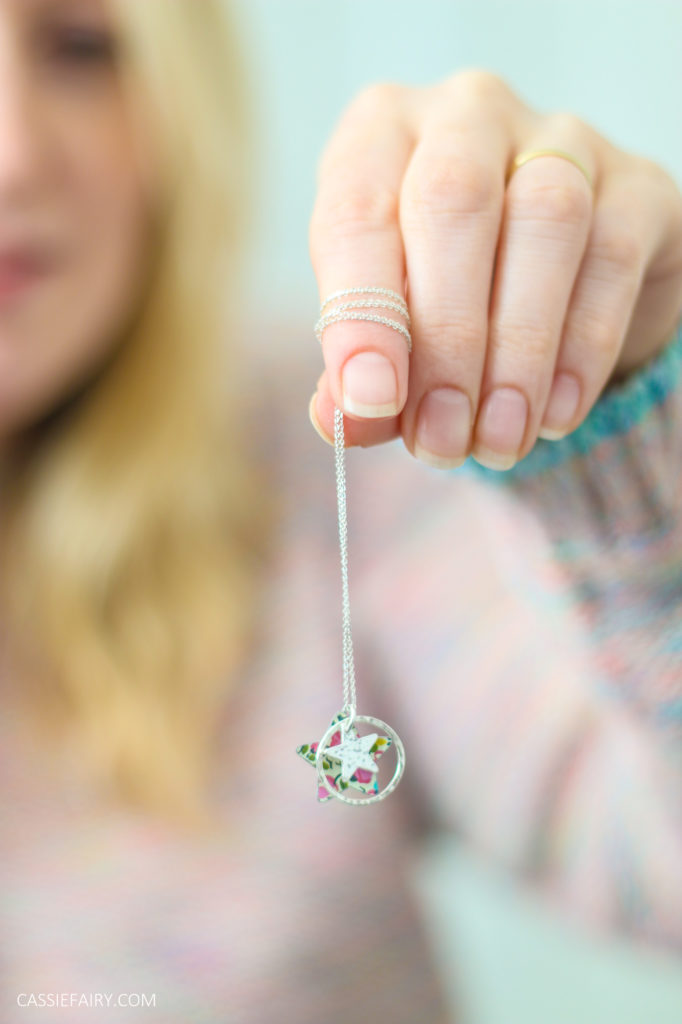
This blog post is an advertisement feature that has been written in collaboration with a sponsor. The pink links in this post indicate a sponsored link 🙂


















